MIYUKI: TEA TASTING BY ALEX AHEARN
Name of the Product: MIYUKI
Type of Tea: Organic Matcha
Producer: Koga Kumiko of Kogachagyo — 4th generation of tea masters
Location: Yame City, Fukuoka Prefecture, northern Kyushu, Japan
Harvest: May 2022
Read About The Kogachagyo Family Business Below.
Kogachagyo, established in 1938, is a family business operated by Koga Kumiko and her mother and father. Koga-san represents the fourth generation of tea masters from Yame City, Fukuoka prefecture. The family business produces competition and national prize-winning gyokuro, vibrant and aromatic sencha, and organic, ceremonial-grade matcha that all best represent the unique depth and complexity of Yame teas.

MIYUKI, our premium organic matcha.
Taste This Tea Like Koga-San!
Koga-san’s recommended steeping parameters.
Water: 70ml (1.76 fl oz)
Temperature: 80°C (176°F)
Matcha: 2g (~½ teaspoon)
Chawan (tea bowl)
Whisk
I examined the tin of MIYUKI matcha, started to bring the water in my kettle to a boil, and prepared my table. I laid out a chawan (tea bowl), a chashaku (tea spoon), a chasen (tea whisk), a tea towel, a furui (fine mesh sifter), and a chasen kusenaochi (tea whisk holder).
As soon as my water was at a boil, I filled the chawan halfway with water and placed the chasen into the bowl to soak and become pliable. I lifted the chasen out of the bowl and placed it tine-side up next to the bowl. I discarded the water and, with a few motions, dried the bowl with the tea towel.
I opened the tin, lifted the inner lid, and cut open the sealed bag with a pair of scissors. I took a deep breath in and smelled the vibrant vegetal and slightly fruity matcha. There were hints of toasted rice and sorghum underneath the lively initial aroma. I placed the sifter on top of the bowl and used the chashaku to scoop about 2 grams of matcha from the small silver bag.
The matcha’s green hue was intensified as I caught a glimpse of it in the sunlight. I gently sifted the matcha, guiding it through the sifter with the chashaku. The fine powder dusted the bottom of the bowl and glimmered in the sun. I lifted the bowl and smelled the newly sifted matcha, and noticed a subtle floral character like spring wildflowers hidden beneath the surface.

A delight for your sight: color, contrasts and texture. Take your time.
I poured a small amount, about a quarter, of water into the bowl over the matcha. I whisked it and made an intensely green-hued paste with a few movements of the whisk. I added the remaining amount of the 70ml (1.76 fl oz) of water and whisked it again until it became frothy. As I whisked, I moved my wrist in "W" and "Z" motions. As the foam became more noticeable, I slowed my movements to gently break down any large bubbles that formed on the surface.
To make a more consistent foam, I lifted my whisk up until about a half inch, a little bit over 1 centimeter, of it was still emerged, just below the surface of the foam. With a few slow movements, the foam became more homogenous. The extra moments of patience and concentration helped create an even more memorable experience.

Smooth foam with a silky mouthfeel.
I lifted the chasen gently out of the matcha, making sure to not break up the fine foam, and placed it beside the chawan with its tines up. I lifted the bowl of matcha to my nose and took a deep breath in. It smelled like freshly picked vegetables with a floral hint of spring daisies. I took a sip and smiled as the matcha filled my mouth. My cheeks became coated with the sweet and creamy matcha. At first, it had a vibrant vegetal character as I passed my lips, and its light body had a smooth, silky mouthfeel with notes of macadamia nut, dried white flowers, and spring herbs.
The matcha had a nice balance of vegetal and floral characteristics. Its bright and sweet finish lingered in my throat after the first sip. There was only a very subtle hint of astringency that slowly dissipated as the sweetness continued to linger in my mouth. I took another sip and experienced the matcha’s smooth mouthfeel and sweet finish again.
I continued to take sips until the bowl was empty and only a trace of matcha was left. I smelled the empty bowl and noticed more of the matcha’s persistent sweetness and delicate floral characteristics. MIYUKI’s elegant vegetal and slightly nutty characteristics and smooth body are accentuated by following Koga-san’s steeping parameters. This matcha is made with the Yabukita cultivar.

Make This Tea For Any Occasion!
Iced Preparation:
This matcha can be enjoyed iced as well. It can easily be made in a 250–300ml (~8.4–10 fl. oz) bottle or jar. This preparation method captures the matcha’s vibrancy and lingering sweetness.
Sift 2-3g (~1 teaspoon) of matcha and put it in a bottle or jar. Add a few ice cubes, enough to just cover the matcha, and fill the bottle or jar with cold filtered water, leaving a little bit of space at the top. Close bottle or jar and shake it until frothy and enjoy immediately.
Food Pairing Recommendations:
You may enjoy this tea by itself or pair it with a wagashi, a piece of chocolate, or a dark chocolate truffle. This matcha may also be paired with light seafood dishes or with a semi-soft cheese like smoked gouda or havarti, or sifted onto a salad with spring greens and fresh fruit, like strawberries.


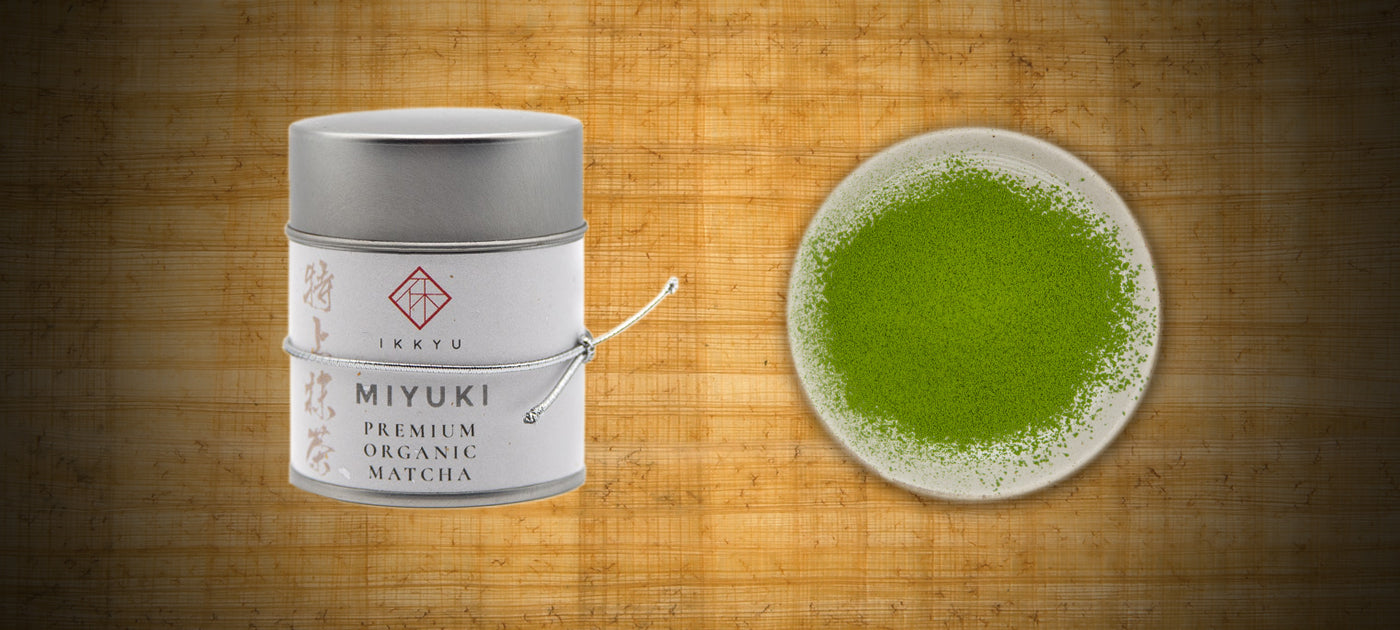

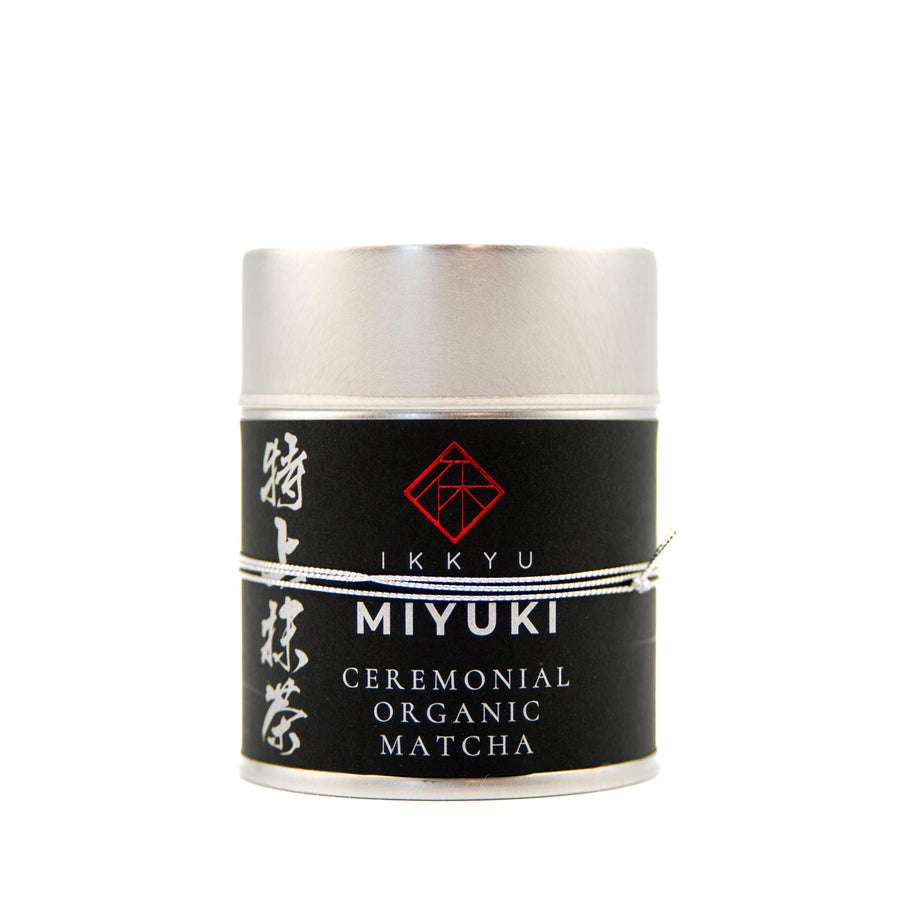
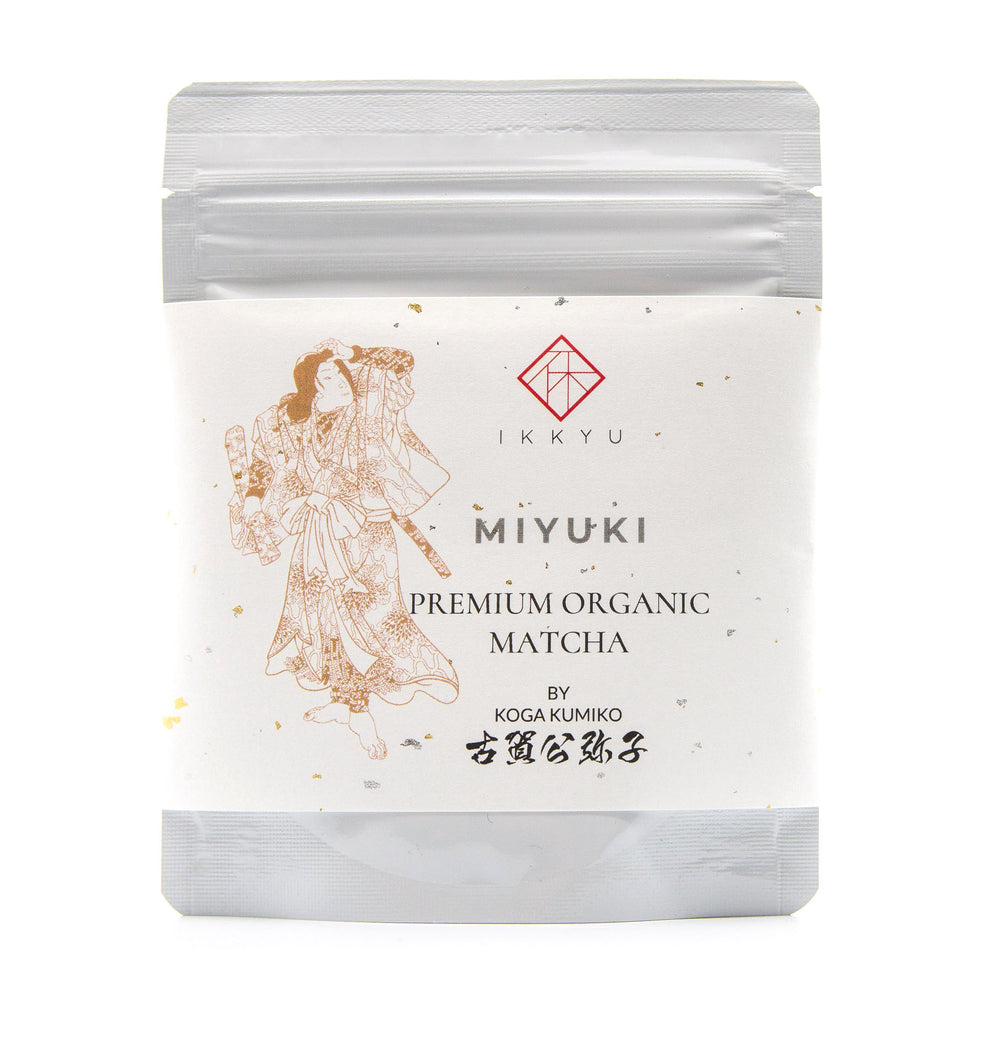
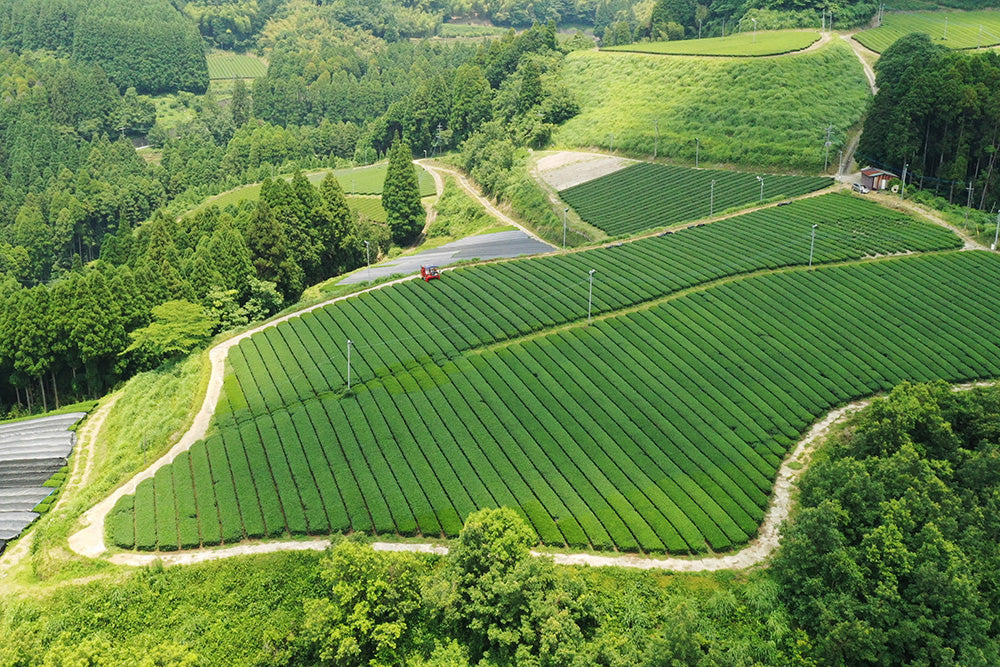
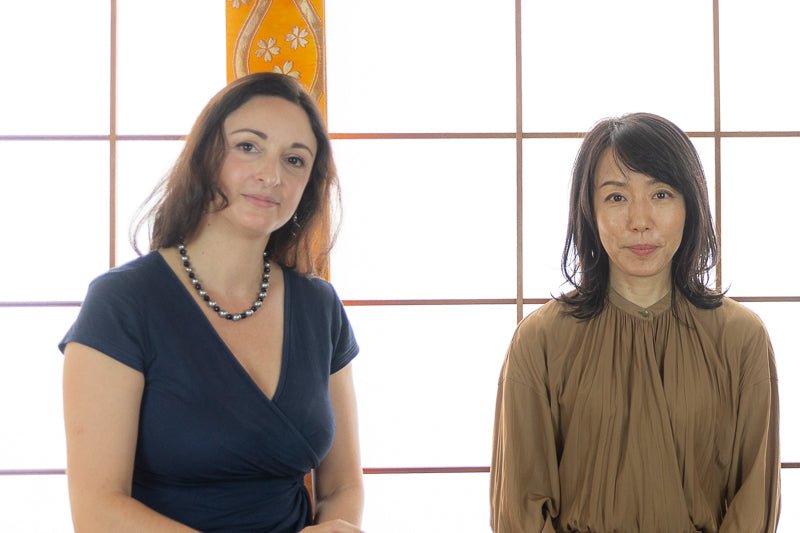
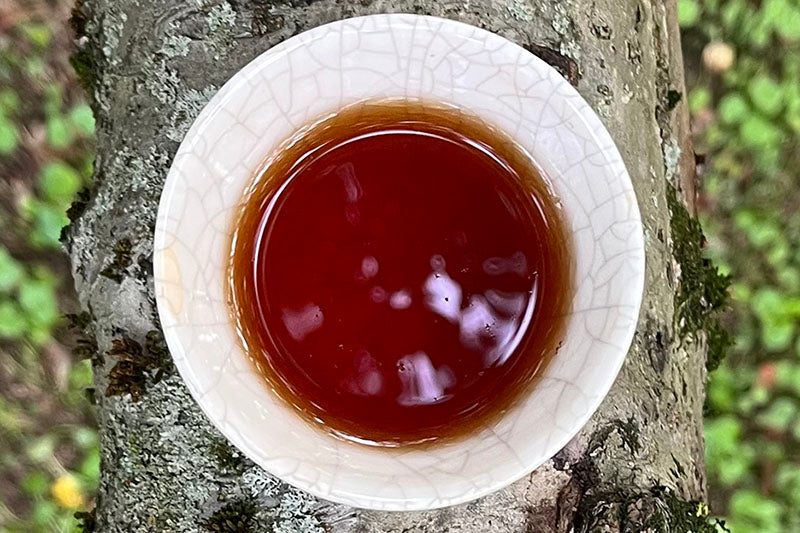
Leave a comment